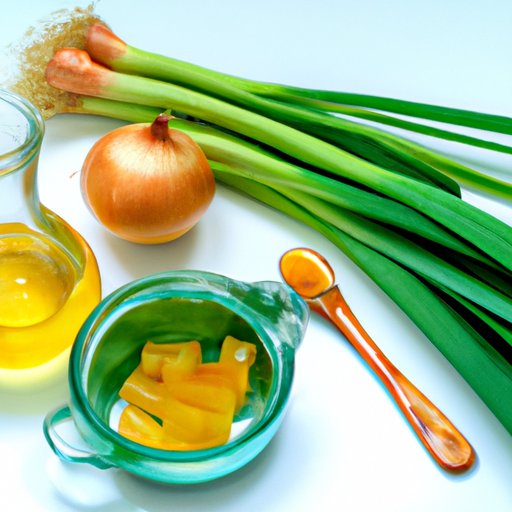
Introduction
A fever is a common symptom of many illnesses, including the flu, common cold, and COVID-19. It is a sign that your body is fighting off an infection, but it can also be uncomfortable and even dangerous if it becomes too high. Knowing how to lower a fever is important for relieving discomfort and aiding in recovery. In this article, we’ll cover some effective ways to reduce fever at home.
Cool Bath or Cold Compress
A cool bath or cold compress can help reduce fever by lowering body temperature. When the water or compress cools the skin, it causes blood vessels to constrict, which can reduce heat production. Here’s how to use these methods:
- For a cool bath, fill the bathtub with lukewarm water and soak for 10-15 minutes.
- For a cold compress, soak a washcloth in cold water and wring it out. Apply to the forehead, neck, or armpits.
Stay Hydrated
Staying hydrated is important when you have a fever as it can help flush out toxins and prevent dehydration. Drinking fluids can also help regulate body temperature and relieve symptoms like headaches and muscle aches. Here are some tips for staying hydrated:
- Drink water, broth, soup, and sports drinks.
- Avoid alcohol, caffeine, and sugary drinks.
- Suck on ice chips or popsicles.
Rest and Relax
Rest is crucial for recovery from a fever. Any type of physical activity can increase body temperature, so it’s important to avoid certain activities and focus on relaxation. Here are some tips to help you rest:
- Avoid strenuous exercise or work.
- Limit screen time and electronic devices before bed.
- Engage in relaxing activities like meditation or reading.
Use Fever-Reducing Medications
Fever-reducing medications like acetaminophen and ibuprofen can help lower fever and relieve symptoms like headaches, muscle aches, and chills. Here are some things to keep in mind:
- Follow the recommended dosage and do not exceed it.
- Do not give aspirin to children under 16 years of age.
- Consult a doctor before taking fever-reducing medication if you have an underlying health condition or are taking other medications.
Wear Light Clothing
Wearing light, loose-fitting clothing made of breathable fabrics like cotton or linen can help regulate body temperature and prevent overheating. Here are some clothing options that can help reduce fever symptoms:
- Cotton T-shirts and shorts
- Linen dresses or pants
- Comfortable pajamas or loungewear
Try Cooling Foods
Some foods can help regulate body temperature and potentially reduce fever symptoms. Here are some cooling foods to try:
- Watermelon
- Cucumber
- Celery
- Coconut water
- Green tea
Try incorporating these cooling foods into your diet with dishes like watermelon salad or cucumber and hummus.
Conclusion
Although a fever can be unpleasant, it is your body’s natural defense mechanism against illness. However, knowing how to lower a fever can relieve discomfort and speed up recovery time. Try these methods at home, but remember to seek medical attention if your fever persists or becomes too high.




